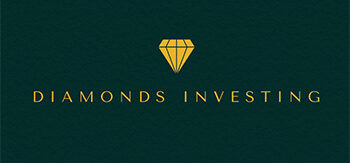How To Invest In Diamond? [GUIDE]
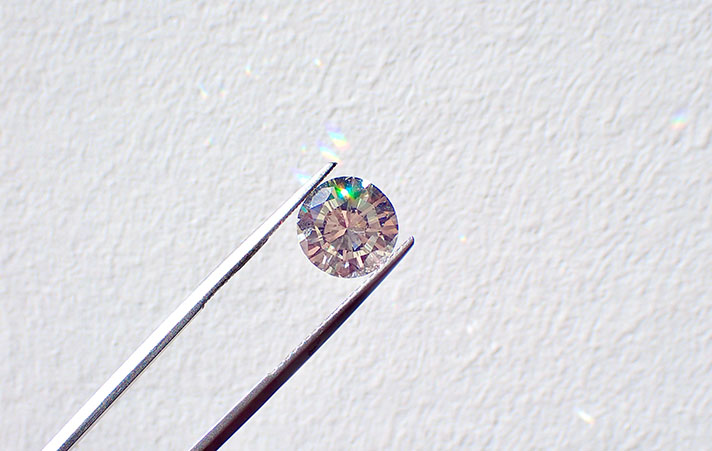
In the previous article we’ve discussed why diamonds can be a good investment. But what diamond should you buy and how do you invest in diamond?
In this article we will cover every aspect of selecting the right diamond for your investment.
Invest in diamond: the 4 C’s
The “4 C” grading method is a standard system used to evaluate the quality of diamonds. The 4 Cs stand for Cut, Carat, Color, and Clarity.
Each of these factors plays an important role in determining the overall value and beauty of a diamond:
Diamond cut
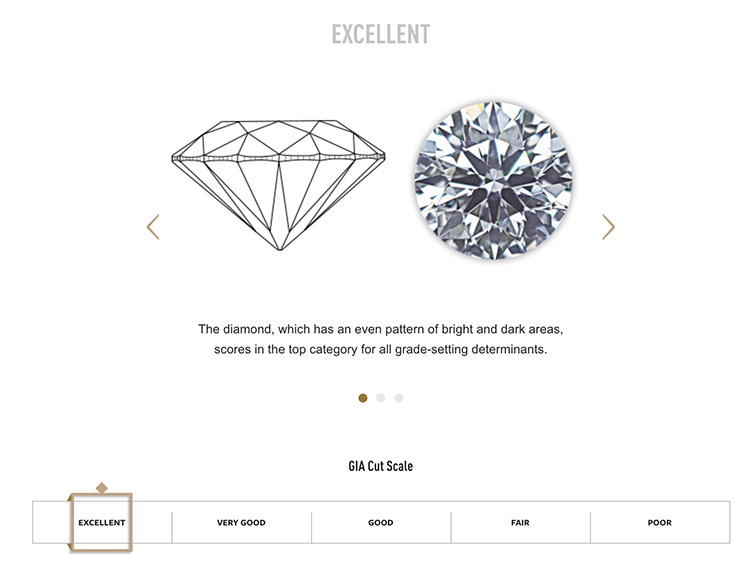
The cut grading of a diamond refers to the angles and proportions of the stone, which determine how well it reflects light.
It results in a combination of bright and darker patterns.
A well-cut diamond will have a brilliant sparkle, while a poorly cut diamond will appear dull. The grading scale of the cut goes from Excellent to Poor.
Obviously, diamonds with a cut grading “Excellent” will be more valuable.
Carat of the diamond

The carat weight of a diamond refers to how much the diamond weighs. One carat is equal to 0.2 grams.
Logically, the carat of a diamond also says something about the diamond size.
The carat weight of a diamond can have a significant impact on its value, as larger diamonds are generally more valuable than smaller ones.
Color of the diamond
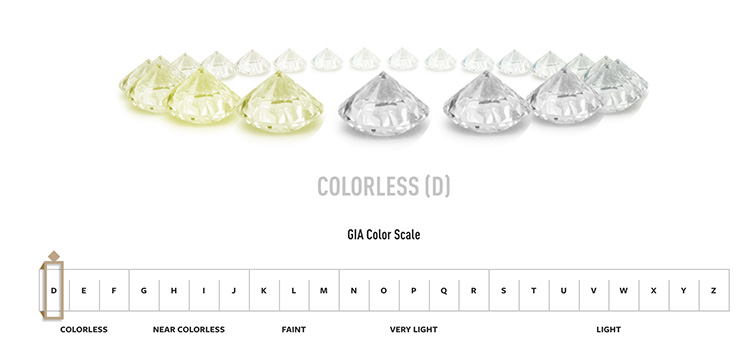
Based on colour there are 2 main categories: colorless diamonds and colored diamonds.
Colorless diamonds are graded on a scale from D (colorless) to Z (light yellow or brown). This is because despite they are considered colorless, impurities can still give these diamonds a light yellow color.
On the other hand, colored diamonds can be pink, yellow, blue, red or grey.
The more colorless a diamond is, the more valuable it is considered to be.
However, some fancy colored diamonds, such as yellow or pink, can also be highly valuable.
Diamond clarity
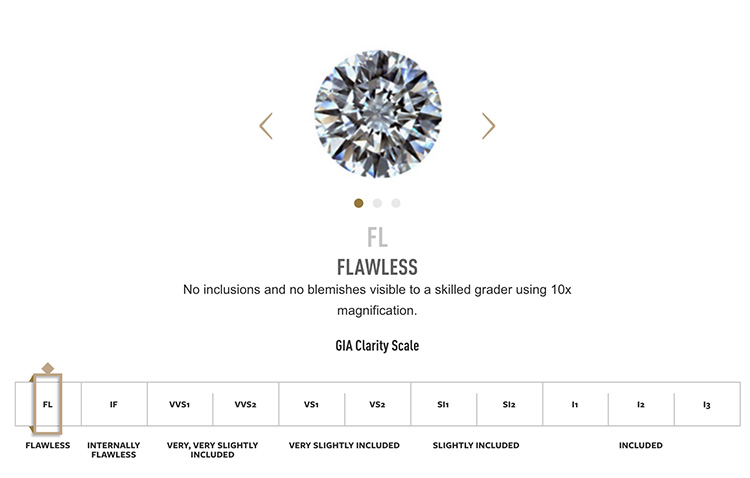
The clarity of a diamond refers to the presence of inclusions (natural internal imperfections) and blemishes (surface imperfections).
The fewer inclusions and blemishes a diamond has, the more valuable it is considered to be. The clarity of a diamond is graded on a scale from Flawless to Included.
When evaluating a diamond, it is important to consider all four of these factors, as they all contribute to the overall value and beauty of the stone.
Diamonds that are well-cut, have a high carat weight, is colorless and has a few inclusions and blemishes will be considered to be of the highest quality.
It is worth noting that the 4 C grading system is just a standard, and there are other factors like fluorescence, symmetry, polish that also can play a role in determining the overall value of a diamond.
The 4 C grading method is an important tool for evaluating the quality of diamonds.
By considering the cut, carat weight, color, and clarity of a diamond, you can get a better understanding of its value.
Invest in diamond: Loose diamonds or jewels?
Now that you have a basic understanding of how diamonds can vary in value based on the 4C’s, the question rises should I invest in loose diamonds or set in a jewel?
Jewels are more subject to personal taste, aesthetics and craftsmanship. Therefore, it is sufficient that a diamond is a beautiful white with some visible impurities.
Basically, the quality of the diamonds can be a little less for jewels. A beautiful white diamond with some visible impurities is good enough to set in jewels for investment.
When buying a jewel as an investment, we must add the value of the precious metal such as platinum or gold as well. In addition, besides the investment value, jewels can have an emotional value as well.
When buying loose diamonds as an investment however, the focus should lie on a higher diamond quality. Loose diamonds are less subject to personal taste. This could be an advantage when selling diamonds.
Both options are good, however loose diamonds are maybe better for selling afterwards.
Investing in diamonds: diamond shape
Diamonds come in very different shapes. The “round” shape is the most popular shape. In addition, other shapes like princess, cushion, oval, and pear are common shapes as well.
Therefore, diamond shape is also an important factor in terms of reseller value because demand is high.
Commercial vs. exclusive
There are two tactics when buying diamonds for investment purposes: buy commercial diamonds or buy rare and exclusive diamonds.
Commercial diamonds are diamonds for which the demand is high and widespread.
The most diamonds for investment purposes are colorless high quality round diamonds between 1 and 3 Ct with at least a G colour and a VS2 clarity, certified by a renowned laboratory: GIA, HRD & IGI.
This is because these types of diamonds are frequently used in jewelery.
On the other hand, you can invest in very rare diamonds. These diamonds have exceptional characteristics such as in size, cut or color.
These rare diamonds often have greater value but can be sold to smaller collectors market. Selling usually goes via auction houses with support from experts.
Invest in diamond: Certified
Investment diamonds should always be 100% natural, certified and conflict-free diamonds. These factors have impact on the value when selling the diamonds afterwards.
Aim for diamonds that have the necessary certificates and labels such as IGI, GIA and HRD.
Selecting the right diamond for your investment
To summarize, when you buy diamonds as an investment it is advisable to buy loose diamonds with high quality, which are certified by a renowned laboratory.
Depending on your investment budget you could also consider to buy a diamond investment package which are composed of different types of diamonds (carat, color, shape,…).
